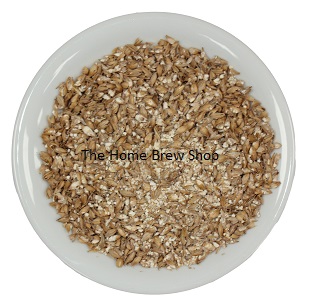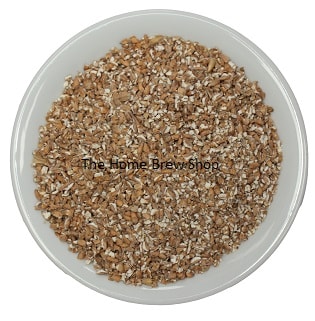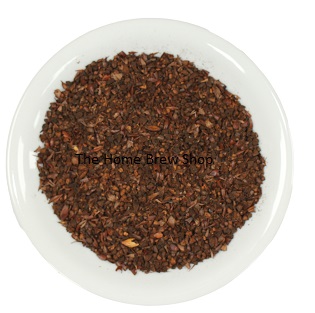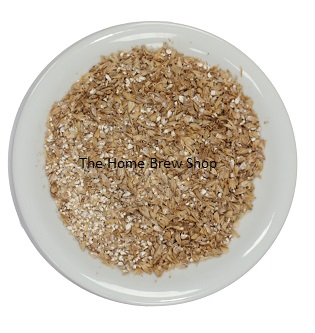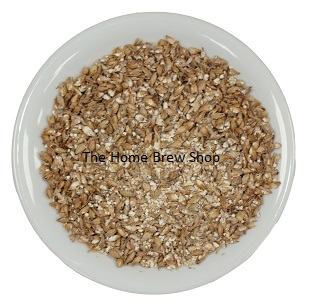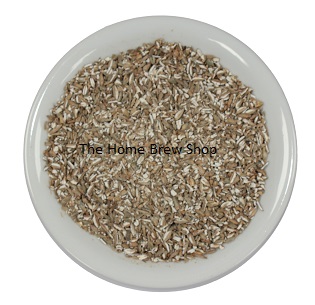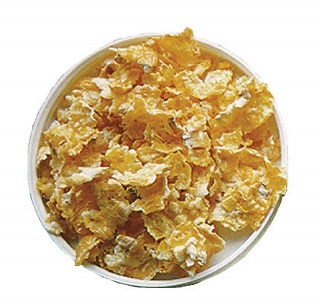Crushed Malt | Grain
Crushed Brewing Grain and Malt Range
For those who prefer to create their own recipes, we offer a wide variety of ingredients, including hops, malt extracts, yeast, and grain crushed and whole. We source our ingredients from the highest quality suppliers to ensure that our customers are getting the best possible products for brewing from grain.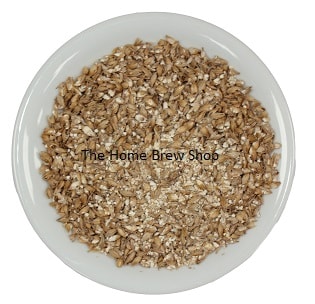
Crushed Malt and Its Importance in the Brewing Process
Crushed malt, also known as grist, is a vital ingredient in the brewing process that plays a significant role in determining the quality and taste of the final product. It is made by crushing malted barley grains to expose the starchy interior, which is then used to make beer.
The process of crushing malt involves breaking down the kernel to release the endosperm, which contains the enzymes necessary for converting starch into sugars during the brewing process. The crushed malt is then mixed with hot water in a process called mashing, which activates the enzymes and begins the conversion of starch into soluble sugars.
The importance of crushed malt in brewing cannot be overstated. It is responsible for providing the fermentable sugars necessary for yeast to convert into alcohol and CO2. The quality of the crushed malt also affects the yield and efficiency of the brewing process, as well as the flavour, aroma, and colour of the finished product.
Brewers carefully select the type of malt and degree of crushing based on the desired flavour profile of the beer. For example, lightly crushed malt produces a lighter-coloured and sweeter-tasting beer, while heavily crushed malt produces a darker and more bitter beer.
In addition to affecting the flavour and colour of the beer, the degree of crushing also affects the extract yield, which is the amount of fermentable sugars that can be extracted from the malt. A higher extract yield results in a more efficient brewing process and a higher alcohol content in the finished product.
In conclusion, crushed malt is a crucial ingredient in the brewing process that plays a significant role in determining the quality and taste of the final product. The degree of crushing affects the extract yield, flavour, and colour of the beer, making it an essential consideration for brewers.



